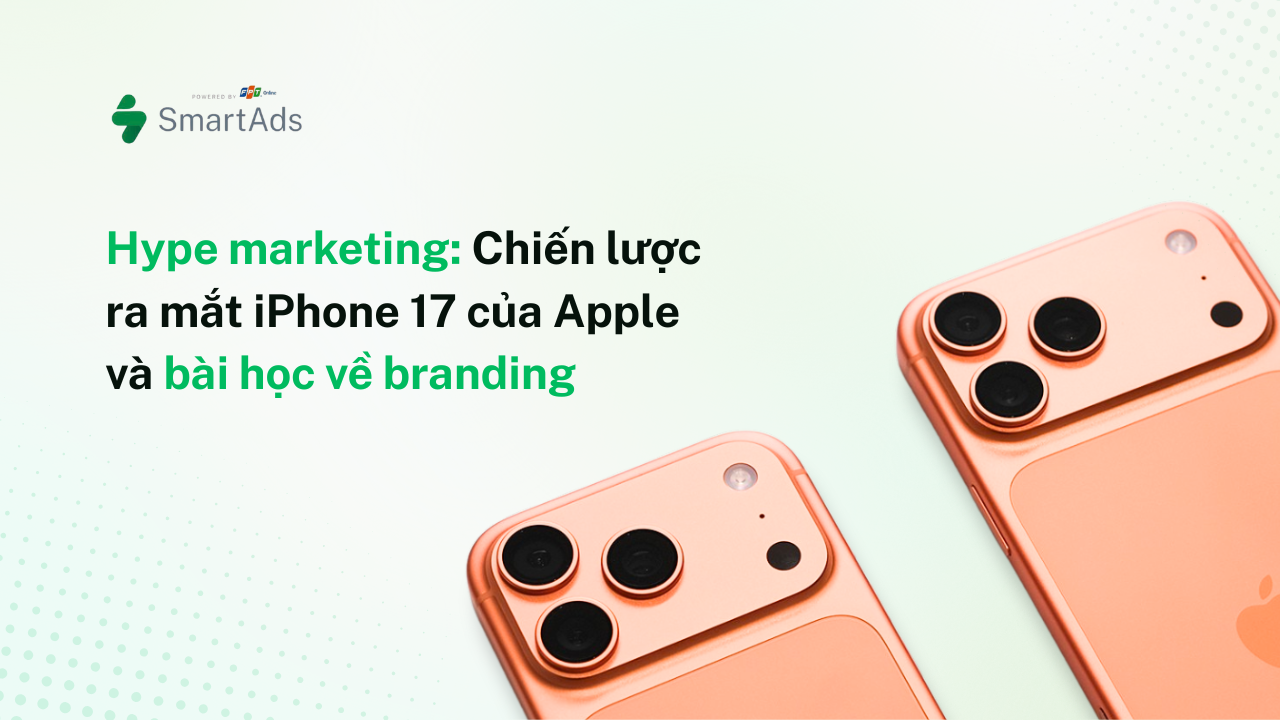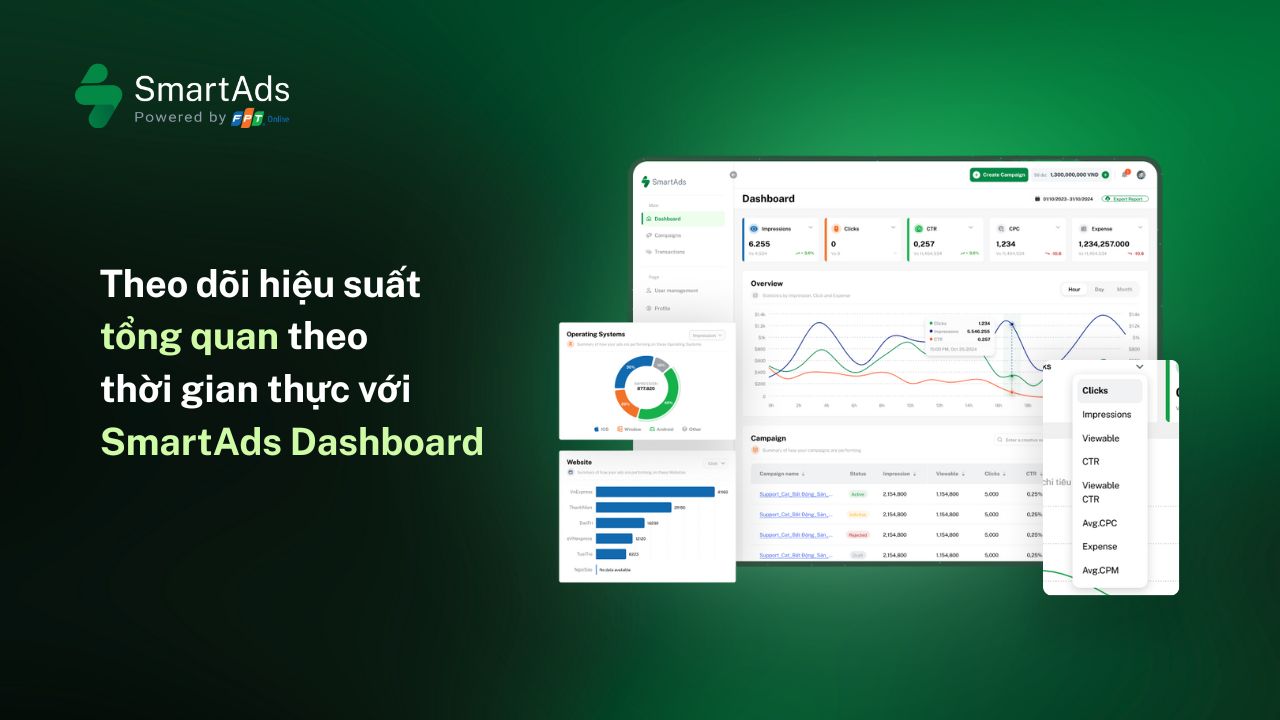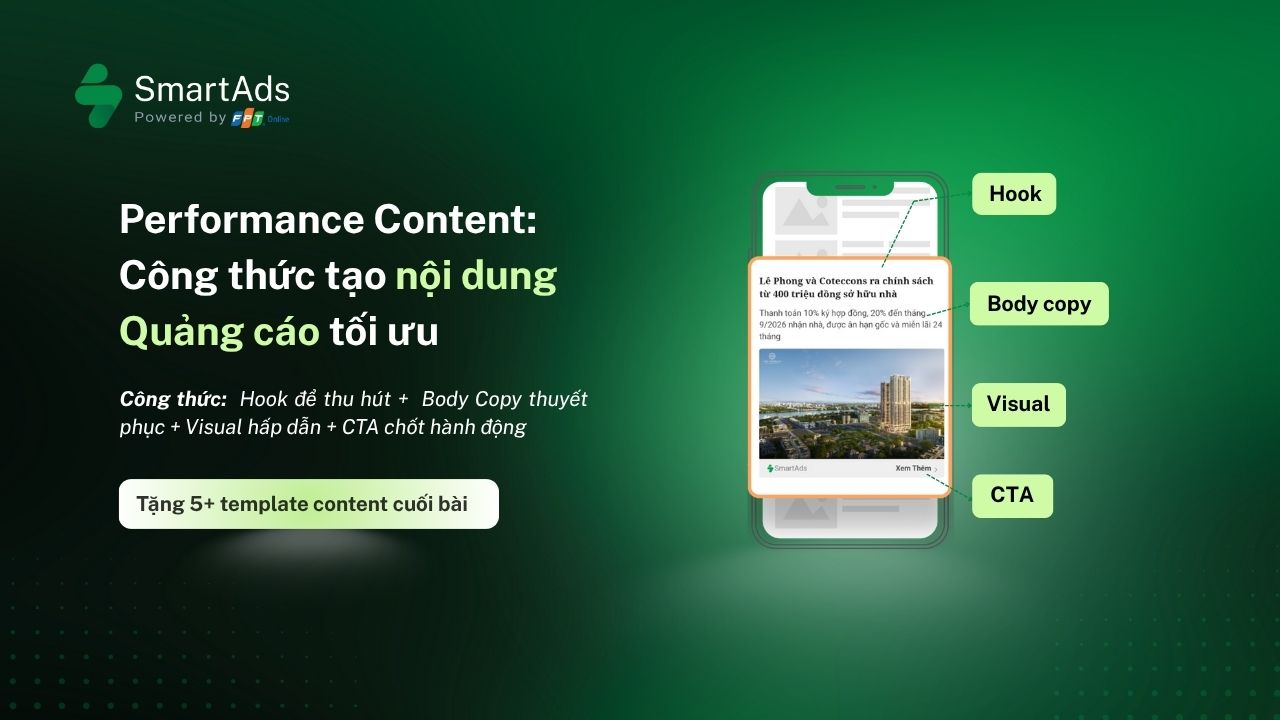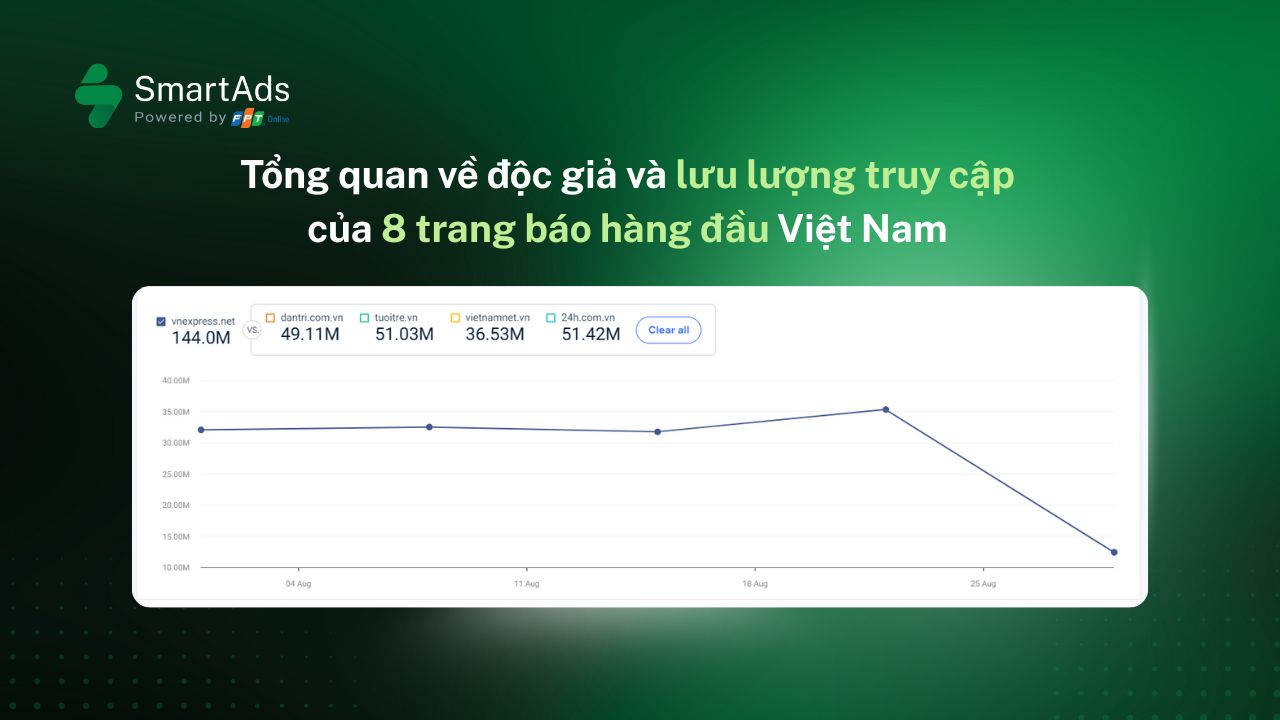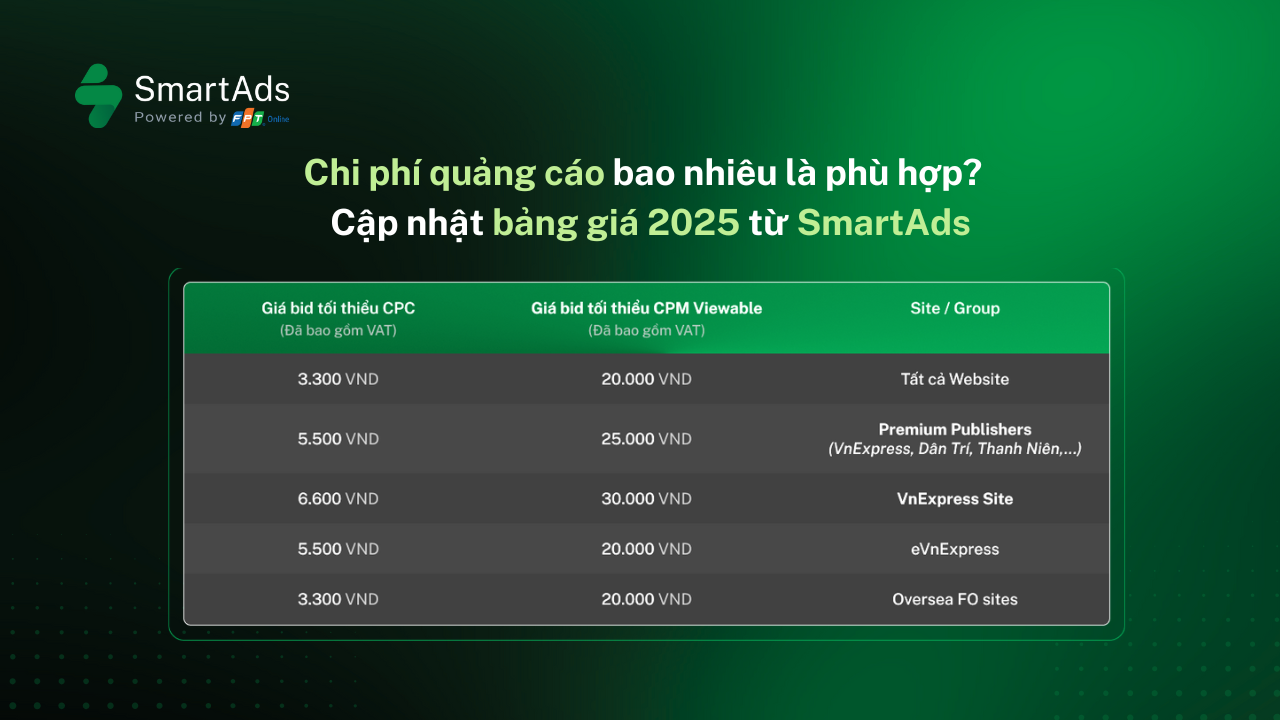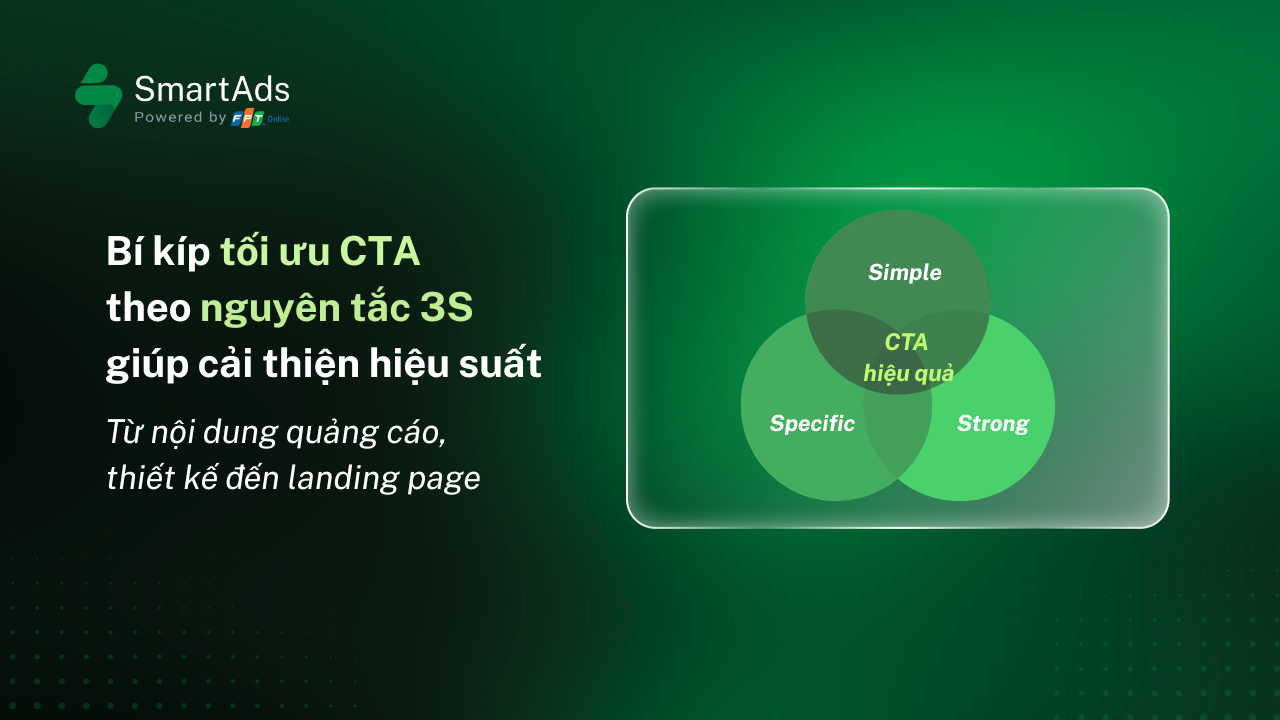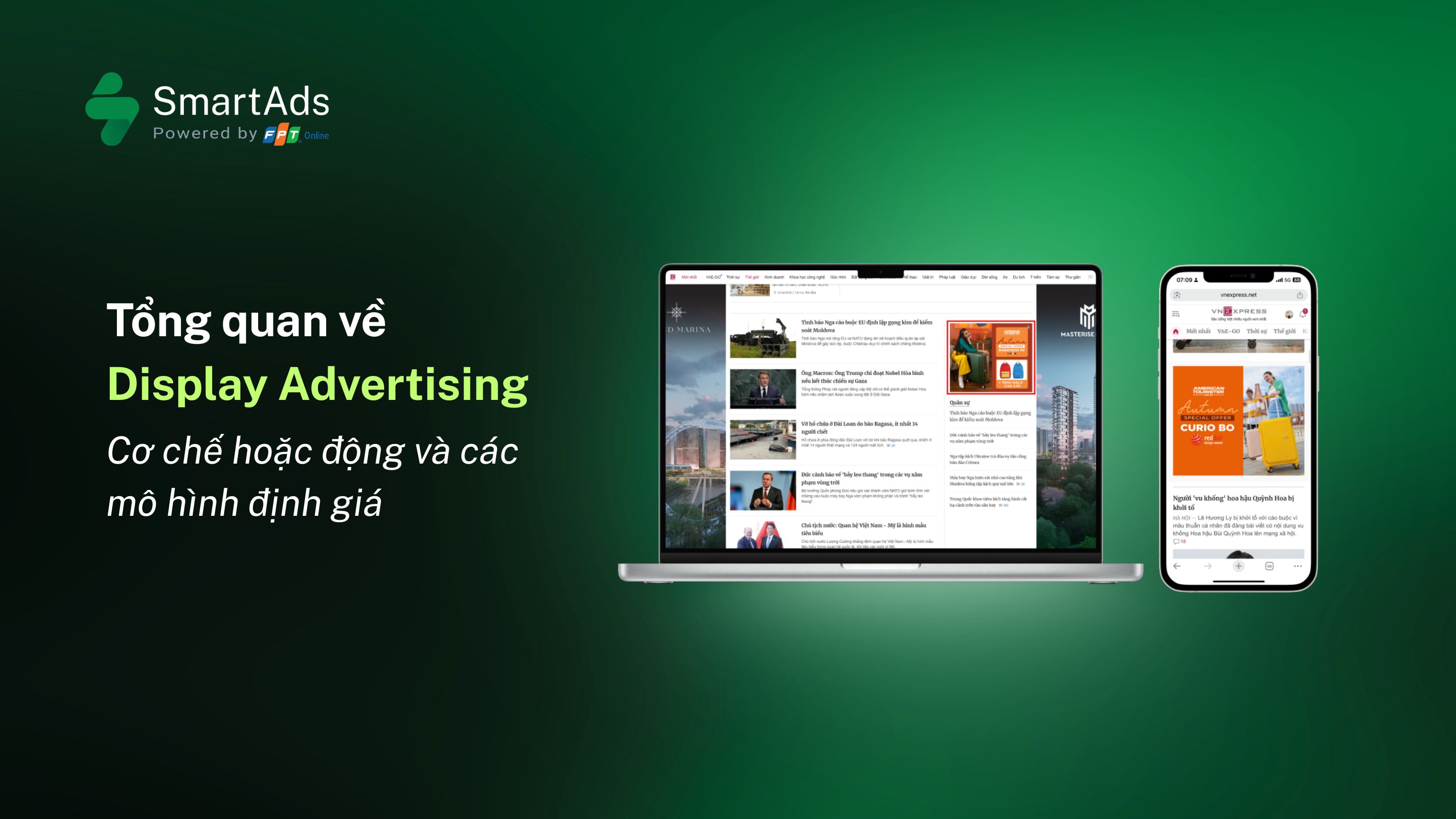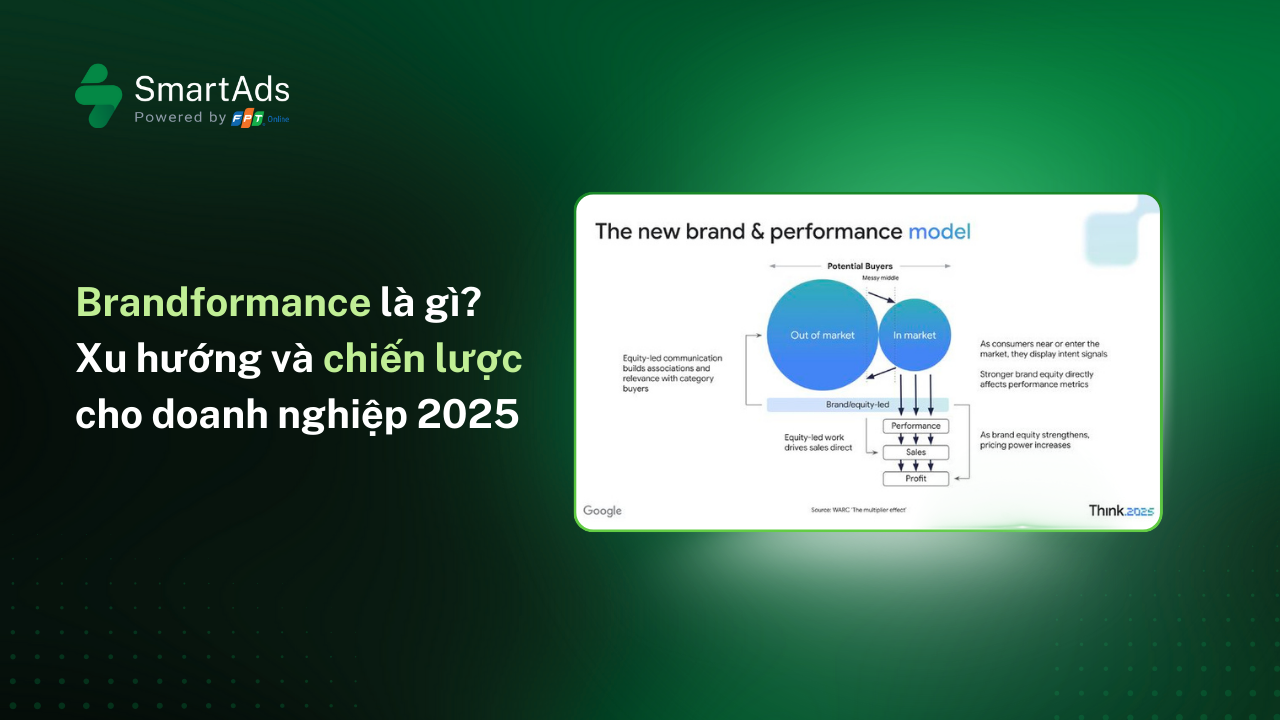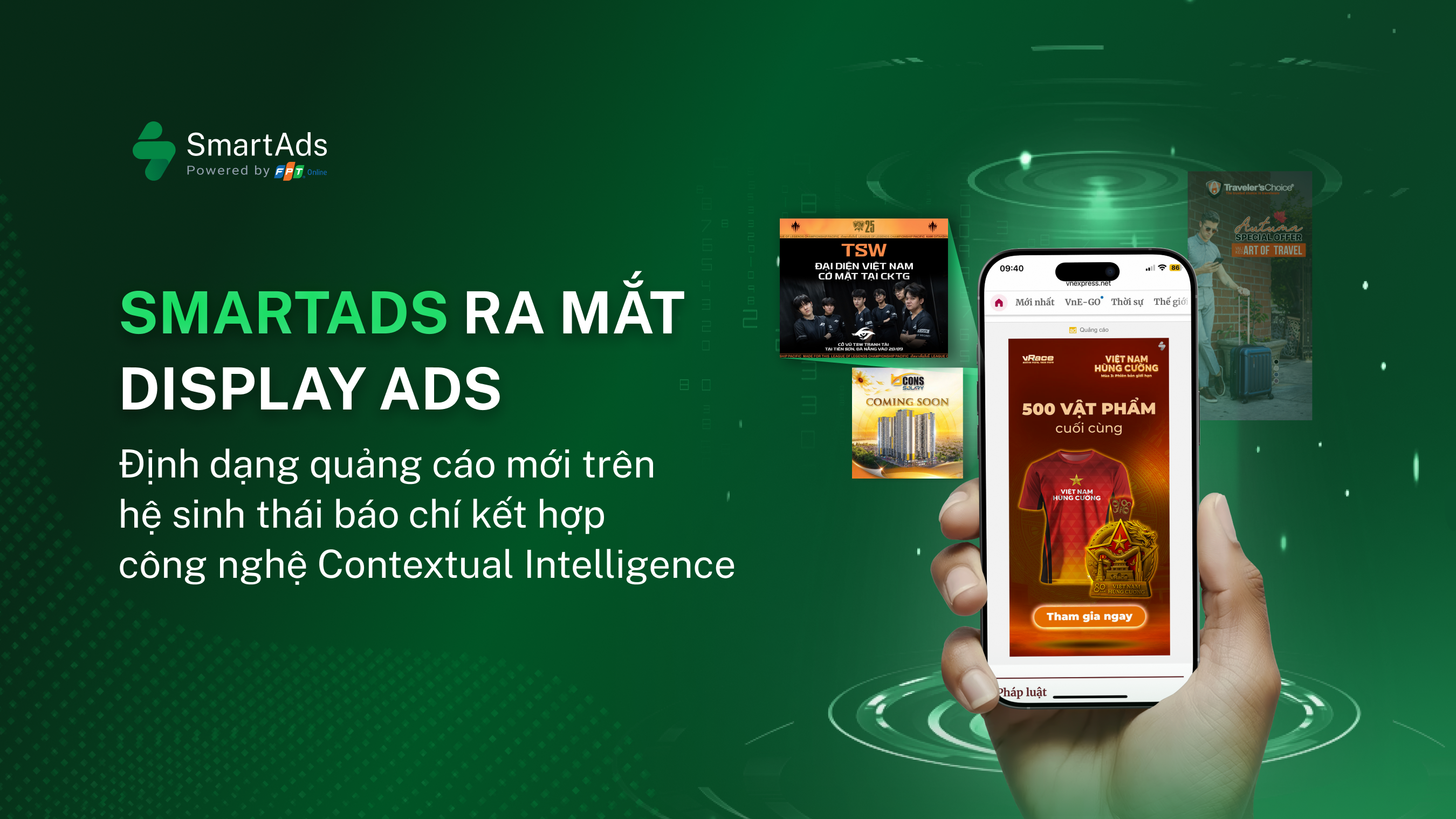What Is Hype Marketing?
Hype marketing is a strategy designed to build anticipation, curiosity, and excitement around a product or event — even before its official launch. Instead of relying on direct advertising, hype marketing strategically leaks information, teases audiences with small details, and collaborates with influencers, media, and communities to spark continuous conversations. At its core, hype marketing aims to trigger the FOMO (Fear of Missing Out) effect — making consumers afraid of missing the chance to experience something new, motivating them to research, share, and even promote the brand on its behalf.
>>> Explore key psychological effects in advertising that help brands understand consumer behavior
Apple’s “Hype Marketing” Strategy for the iPhone 17
1. Controlled Leaks and Rumors: The Power of Anticipation
Before its official release, rumors about the iPhone 17 flooded the internet — from the single-lens camera and advanced AI integration to the rumored foldable prototype and many other speculations.

The brilliance of this FOMO-driven strategy lies in Apple’s ability to release information that’s “just enough” to attract attention but not too revealing — pushing users to actively seek out more. This approach turns the media and community into free amplifiers of the buzz.
2. Apple Event – The Global Media Spectacle
The worldwide Apple Event took place at 12:00 AM on September 10, 2025 (Vietnam time). More than just a product launch, Apple transformed it into a “tech festival” and “cultural event” followed by tens of millions online:
- Cinematic production and storytelling: The show was staged like a film — with 3D graphics, high-end sound design, and polished scripts. The iconic “One More Thing” moment built emotional climax, letting audiences not only see new features but feel the message.
-
Viral social engagement: Before the event, Tim Cook posted a photo from Apple Park with the caption, “Days like today are some of the most exciting moments at Apple. #AppleEvent.” The post quickly gained nearly 200,000 views and 10,000 likes, igniting waves of online discussions.
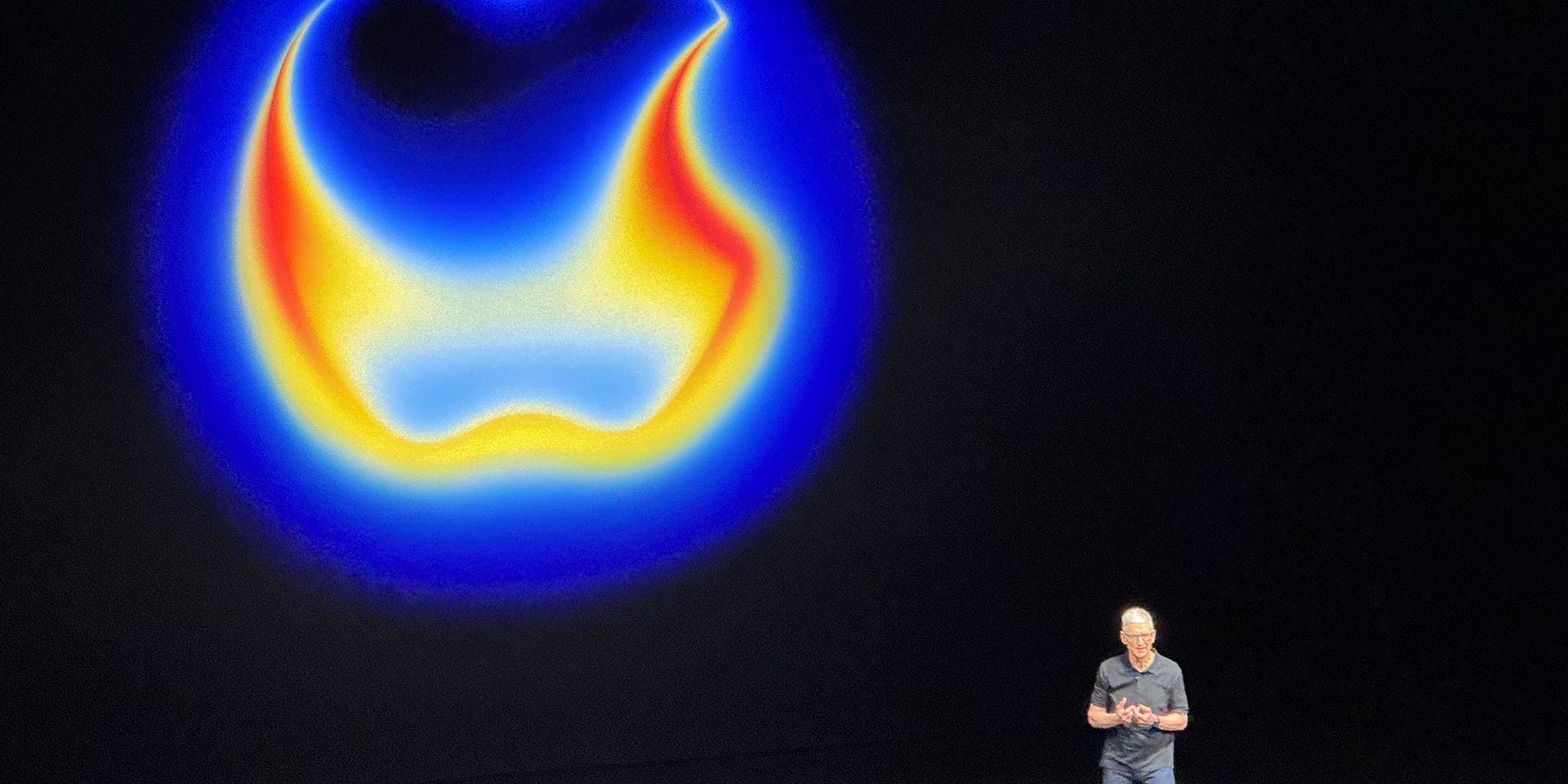
-
Instant reactions after the launch: Platforms like Instagram and X (formerly Twitter) exploded with memes and debates — from jokes about pricing to witty trolling by competitors like Samsung using the hashtag #iCant, turning the buzz into an unstoppable media storm.
The Apple Event has become a global communication phenomenon — precisely orchestrated to shape expectations and evoke emotions. Through time investment, rich storytelling, and community engagement, Apple’s hype marketing turned the iPhone 17 into not just another tech product, but a cultural moment everyone wanted to be part of.
3. Scarcity Marketing – Creating Desire Through Limited Access
One of Apple’s most effective weapons in its hype marketing strategy is the art of intentional scarcity. Right after the iPhone 17 event, pre-orders were opened only in select key markets. This deliberate limitation quickly led to “sold-out” status within hours. The perceived exclusivity — not just actual demand — fueled the hype, turning iPhone ownership into a symbol of privilege rather than a simple purchase.
Social posts like “can’t place an order” or “Apple’s website is crashing” became free marketing campaigns themselves, amplifying the collective FOMO and inspiring more people to join the buying frenzy.
4. Influencer and Community Marketing – Amplifying the Hype Effect
Influencers play a central role in Apple’s hype marketing approach. Instead of spending heavily on traditional ads, Apple hands the iPhone 17 to key opinion leaders — letting the community generate authentic buzz.
-
Top tech reviewers & YouTubers: Immediately after the event, Apple shipped units to leading global reviewers. “First look” or “iPhone 17 unboxing” videos reached tens of millions of views within hours — far outperforming any traditional TVC.
-
KOLs and niche experts: Carefully selected creators with credibility in their fields shared authentic experiences, reinforcing the belief that the iPhone 17 is truly “worth owning” and keeping the hype alive across the campaign.
-
Everyday users as organic amplifiers: When customers post photos of their new phones or share first impressions online, they become “unofficial brand ambassadors,” adding another layer of virality to the hype loop.
Through this multi-layered strategy, Apple turned the iPhone 17 into a global hype marketing phenomenon — curiosity sparked the buzz, influencers amplified it, users spread it, and FOMO sealed the deal.
Lessons in Hype Marketing for Brands
Apple’s hype marketing strategy for the iPhone 17 offers key takeaways for modern marketers:
-
Build a story before the product: Don’t just sell features — craft a compelling narrative that sparks curiosity and emotion long before launch day.
-
Invest in experience-driven events: A well-produced launch show can elevate your product, transforming it into a cultural moment rather than just another release.
-
Leverage community activation: Influencers, KOLs, and real users are your most authentic media channels. Empower them to share and become your “unofficial ambassadors.”
-
Apply scarcity marketing strategically: Create controlled scarcity to sustain desire — but balance it carefully to avoid frustration or negative backlash.
However, hype marketing isn’t a one-size-fits-all formula. It’s particularly effective for brands that meet certain criteria:
-
Luxury marketing: When your product represents status, lifestyle, and identity — not just functionality.
-
Premium pricing strategy: When high pricing reinforces exclusivity, positioning your product as a privilege rather than a commodity.
>>> Explore advanced premium pricing strategies and case studies.
-
Personalization strategy: When your brand can deliver truly personalized experiences — from customized designs to exclusive shopping journeys — consumers feel part of a “select circle,” further strengthening the viral potential of hype marketing.
Conclusion
For mass-market or everyday brands, blindly applying hype marketing can backfire. The key lesson: define your brand positioning and target audience first, then use hype marketing as a strategic ingredient for brand elevation — not as a universal success formula.
About SmartAds, formerly known as eClick, was developed by FPT Online — one of Vietnam’s pioneers in technology and digital media. Through continuous innovation and strong partnerships with leading premium publishers, SmartAds has established itself as a frontrunner in elevating native advertising standards in Vietnam. Our vision is to become a trusted partner for brands on their journey to engage and convert customers effectively.
If you’re looking for an ad solution optimized for both visibility and performance, create your account and start your first campaign today on SmartAds here.
